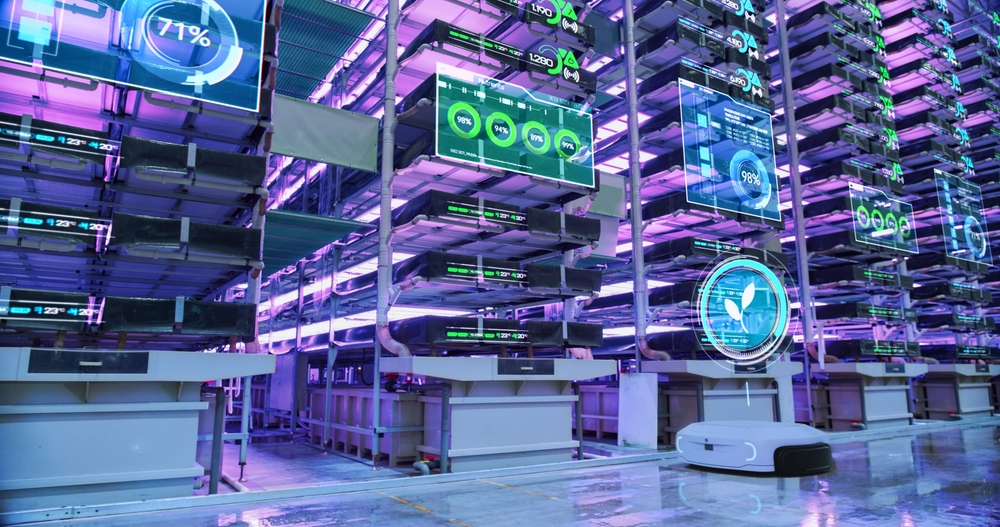
IBM Storage Scale 6000 eliminates data silos and delivers breakthrough performance to power AI factories with faster, unified data access.
Like an engine without fuel, an AI factory cannot function without data. This is resolved by IBM Storage Scale System 6000’s global namespace and Active File Management (AFM) features, which unify data across edge, core, and cloud. It makes it possible for AI pipelines to begin instantly and produce results more quickly by removing silos and expediting access.
IT executives’ top goals in today’s modern data center include unlocking “dark data” and removing performance bottlenecks for AI inferencing. Recently, IBM launched an upgraded IBM Storage Scale System 6000—IBM’s high-performance elastic data system—as well as a new expansion enclosure that greatly boosts overall capacity to allay clients’ worries.
When paired with the NVIDIA BlueField data processing unit (DPU), these improvements will enable enterprises to execute their most demanding workloads at scale and deploy data-hungry AI workloads.
IBM’s updated Storage Scale System 6000 now delivers up to 47PB per rack, due to new support for industry-standard QLC flash in 30TB, 60TB, and 122TB SSDs.
With Storage Scale System 7.0.0, organizations gain multi-flash tiering for TLC and QLC drives, a high-speed data acceleration tier offering 340GB/s throughput and 28M IOPS, improved data protection with wider erasure code support, and faster AI training enabled by NVIDIA Spectrum-X Ethernet for quicker checkpointing.
Larger caches and multitenant service provider requirements are also supported by the new All-Flash Expansion enclosure’s scalability. Multitenancy is highly adjustable at the cluster, file system, or fileset level with IBM Storage Scale System 6000.
This enables service providers and large-scale AI factories to optimize resource allocation, implement security regulations, and segregate workloads without compromising performance.
This architecture guarantees safe, scalable, and economical multitenant operations across a variety of data-intensive applications, whether supporting supercomputers, HPC environments, or AI-as-a-service offerings.